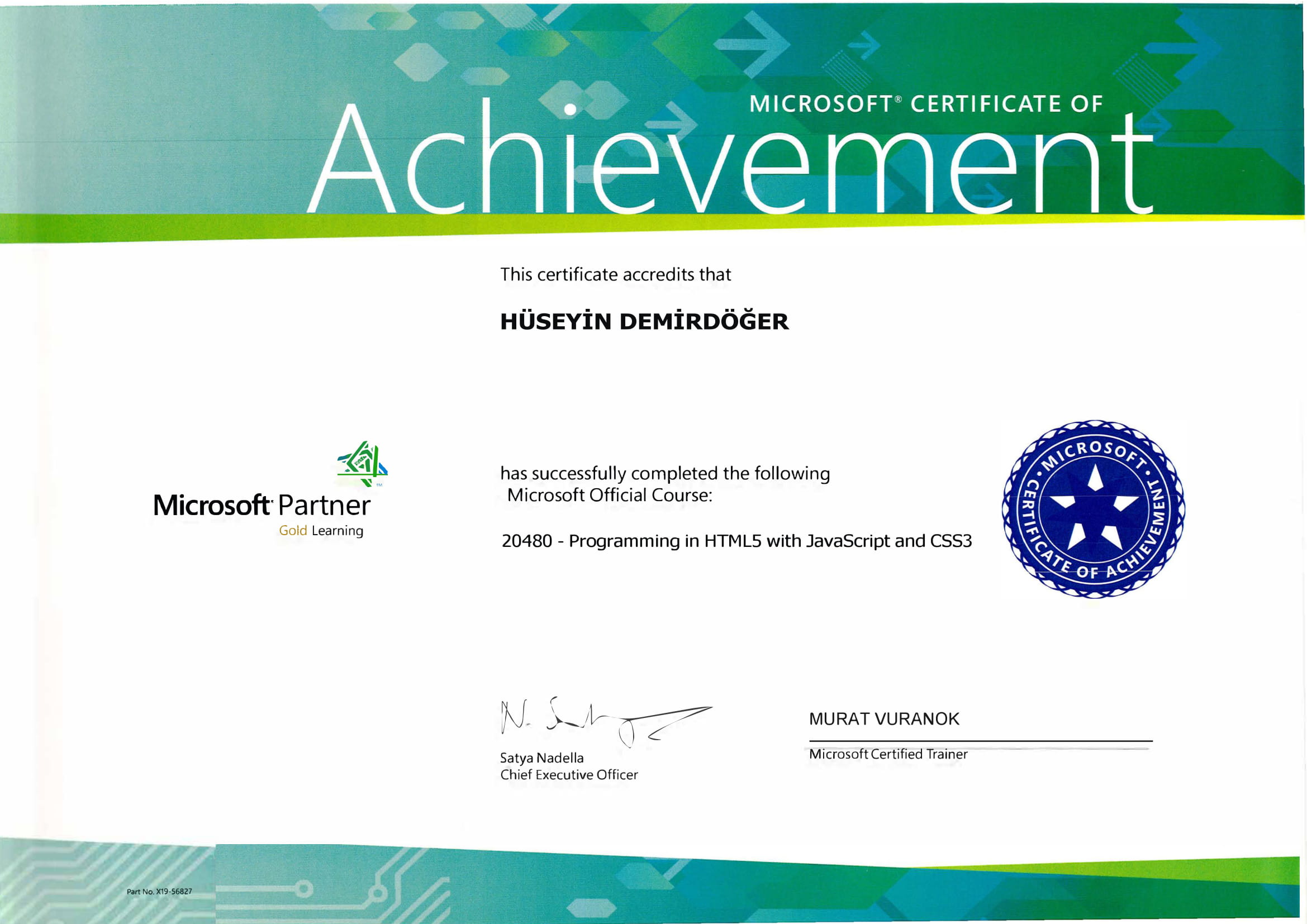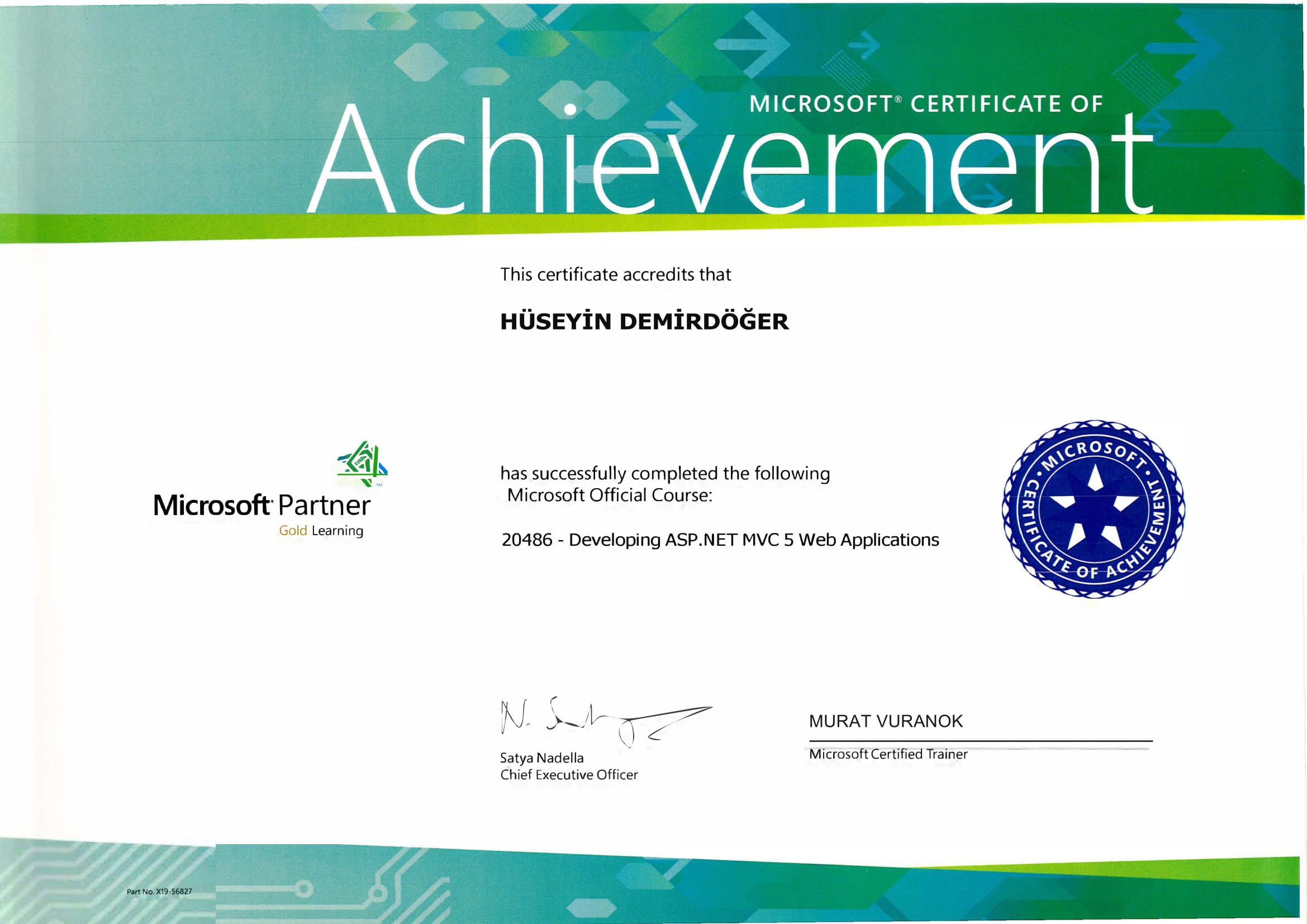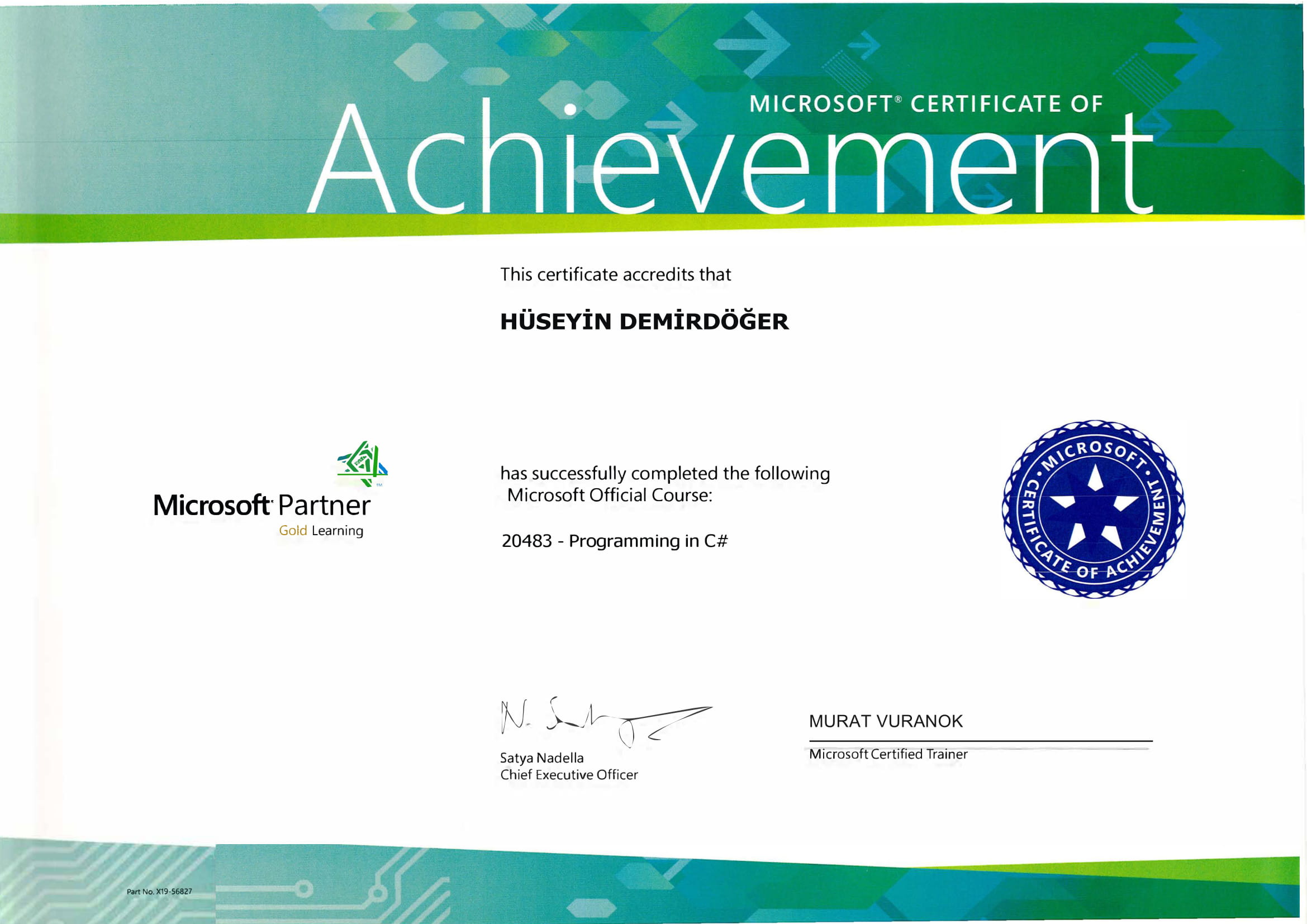Navigating through the intricate world of technology, you might have encountered the notorious Windows Error Code 0x80070017. This pesky error can arise during Windows installations or system updates, leading to frustrating halts in your workflow. Let's explore how to effectively tackle this issue and get your system back on track.
Understanding Error Code 0x80070017
Error Code 0x80070017 typically indicates corrupted files during the installation or update process. It's a signal that the files cannot be accurately copied or read, which might be due to issues with your storage medium, corrupt installation files, or potential hardware failures.
Step-by-Step Guide to Fix Error 0x80070017
Check Your Installation Media
- If you're installing Windows using a USB or DVD, the media might be the culprit. Ensure there's no physical damage. Consider creating a new installation disc or USB, ensuring you download a fresh and complete image of Windows from the official website.
Run the Windows Update Troubleshooter
- Windows provides a built-in troubleshooter designed to resolve update errors. Go to Settings > Update & Security > Troubleshoot and select the Windows Update troubleshooter to let it fix common update issues.
Use the System File Checker (SFC Tool)
- This handy tool checks system files' integrity and replaces corrupt files. Simply open Command Prompt as an administrator and type
sfc /scannow. This might take a while, but it's a powerful method to resolve file corruption issues.
Check Disk Health
- Sometimes, hardware faults can lead to such errors. Run a disk check by typing
chkdsk /f /rin Command Prompt. This command will scan and fix any potential issues on your hard drive.
- Sometimes, hardware faults can lead to such errors. Run a disk check by typing
Consider Hardware Issues
- While it might not be the first thought, your hard drive or RAM might have flaws. Using tools like MemTest86 can help check if your RAM might be faulty. Similarly, consult professional services if you suspect hard drive failure.
Engaging with the Broader Problem
Encountering error codes isn't uncommon. In fact, errors like 0x8007007b and 0x80070103 also frequently plague users. Each possesses unique characteristics that require distinct approaches.
Learning from Experience
I recall a time when my friend experienced a similar error. At first, it seemed like a straightforward installation hiccup. Nonetheless, it turned out the issue was due to an old, unreliable hard drive. So maybe ask yourself, "Could my hardware secretly be having issues?" The tools and steps described above can be lifesavers.
For more insights, Microsoft's support page also offers comprehensive guides and solutions that align with various systems and configurations.
Bringing It All Together
In the tangled world of Windows errors, 0x80070017 is certainly manageable with the right approach. From checking your installation media to considering hardware issues, there are definitive steps you can take. If you've faced similar challenges, what strategies did you use, and do you have a unique solution? Engaging in such discourse often reveals hidden insights. And if you're keen on exploring further, look into the nuances of Error 0x80070003, which opens up another chapter of Windows troubleshooting.
In navigating these errors, patience and persistence are your best allies, guiding you towards a seamless computing experience.


















